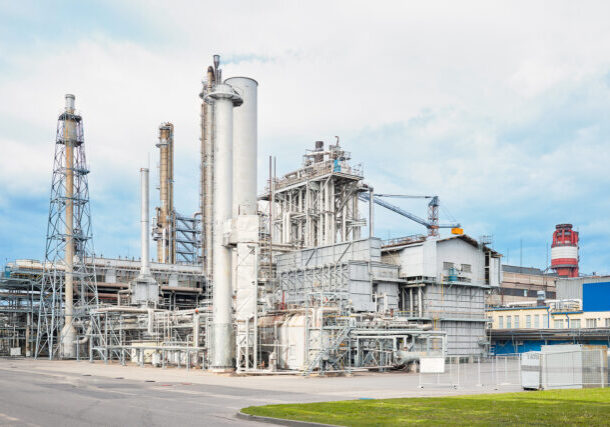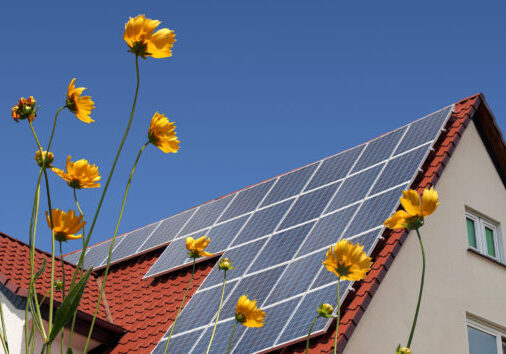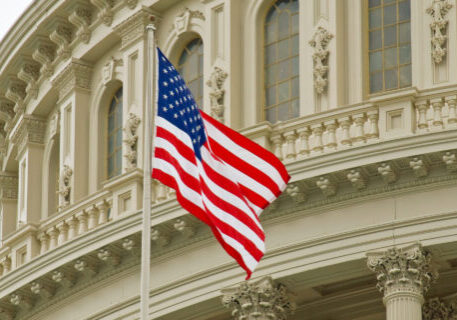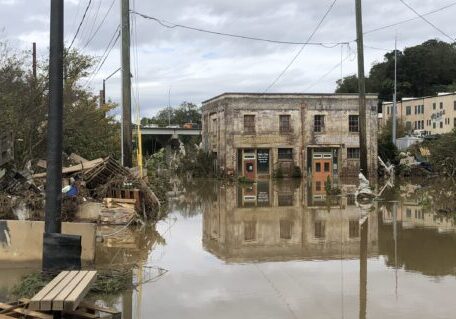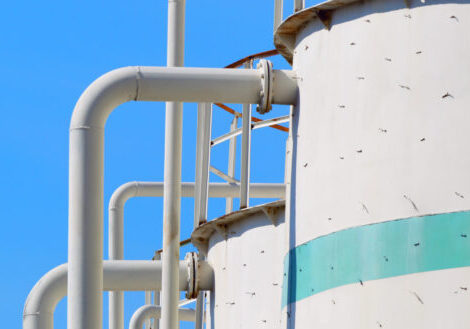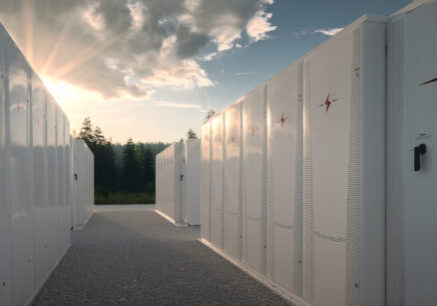October 14, 2015
Resilience for Free: Protecting Vulnerable Communities
By Seth Mullendore
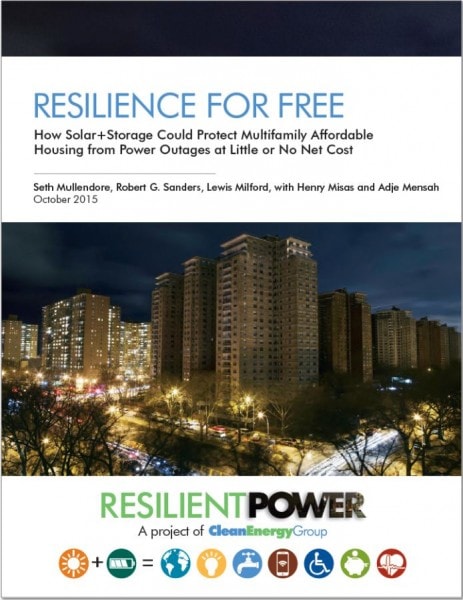 Clean Energy Group, through its Resilient Power Project, has released a new report analyzing the economics of resilient solar PV and battery storage (solar+storage) systems for multifamily affordable housing. The report, Resilience for Free, models project expenses and savings/revenue over a 20-year period in three metropolitan areas: Chicago, Washington, D.C., and New York City. While market factors vary significantly from city to city, each case points to one conclusion: resilient power can be provided at little to no net cost to help support those residents that need it most in an emergency.
Clean Energy Group, through its Resilient Power Project, has released a new report analyzing the economics of resilient solar PV and battery storage (solar+storage) systems for multifamily affordable housing. The report, Resilience for Free, models project expenses and savings/revenue over a 20-year period in three metropolitan areas: Chicago, Washington, D.C., and New York City. While market factors vary significantly from city to city, each case points to one conclusion: resilient power can be provided at little to no net cost to help support those residents that need it most in an emergency.
Chicago, IL: While the economic proposition for solar in Chicago is not very favorable with a negative return over 20 years, combining solar with battery storage can greatly improve project payback. This is because battery storage systems in Chicago are eligible to participate in the PJM Interconnection frequency regulation market, which balances rapid fluctuations between supply and demand on the electric power grid. With the addition of frequency regulation revenue, a 100-kW/50-kWh lithium-ion battery system can reduce a project payback from over 20 years for a stand-alone solar system to fewer than 12 years for a resilient solar+storage system. The addition of a larger, 300-kW/150-kWh, battery system further reduces simple project payback to just over six years.
Washington, D.C.: Market conditions are very good for the solar-only option in Washington, D.C. This is because the District has put into place an aggressive solar mandate, which has led to historically high prices for Solar Renewable Energy Credits (SRECs). Higher SREC values result in an impressive 3.5 year simple payback for a solar-only project in D.C. Like Chicago, D.C. energy storage systems can participate in PJM’s frequency regulation market. Because of this, adding batteries to a PV system to make it energy resilient also provides favorable economics with an almost identical project payback period as a solar-alone project. Over the lifetime of the project, the solar+storage system achieves a much higher cumulative return and, because it can power essential electric loads during a power outage, provides a resiliency benefit for residents that stand-alone solar cannot.
New York City: Conditions for solar+storage are less advantageous in New York City. There are no favorable market opportunities for battery systems and, due to regulations and permitting standards, lithium-ion batteries cannot be sited indoors in the city. New York City does have a generous solar incentive, which helps solar-only systems achieve a short payback of just over four years. However, unlike Chicago and D.C., making the PV system resilient with the addition of batteries has a negative effect on project economics in NYC. Adding a 30-kW/60-kWh lead-acid battery to the system extends the project payback period to over 14 years. The battery can be used to reduce utility bills through management of demand charges, but these saving are not enough to completely offset the cost of the battery. With the implementation of targeted incentives, cities like New York could overcome market barriers to encourage more resilient solar+storage system deployment.
These findings support increased exploration and investment in solar+storage technologies for multifamily affordable housing and other critical facilities supporting vulnerable populations. The technologies exist to improve power resiliency in communities when disaster strikes and, as this analysis shows, there’s no economic reason not to begin deploying them today.
Clean Energy Group will be hosting a free webinar to provide more detail on the findings from this report on October 29th. Webinar information is available here.





